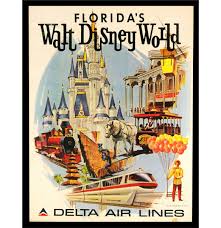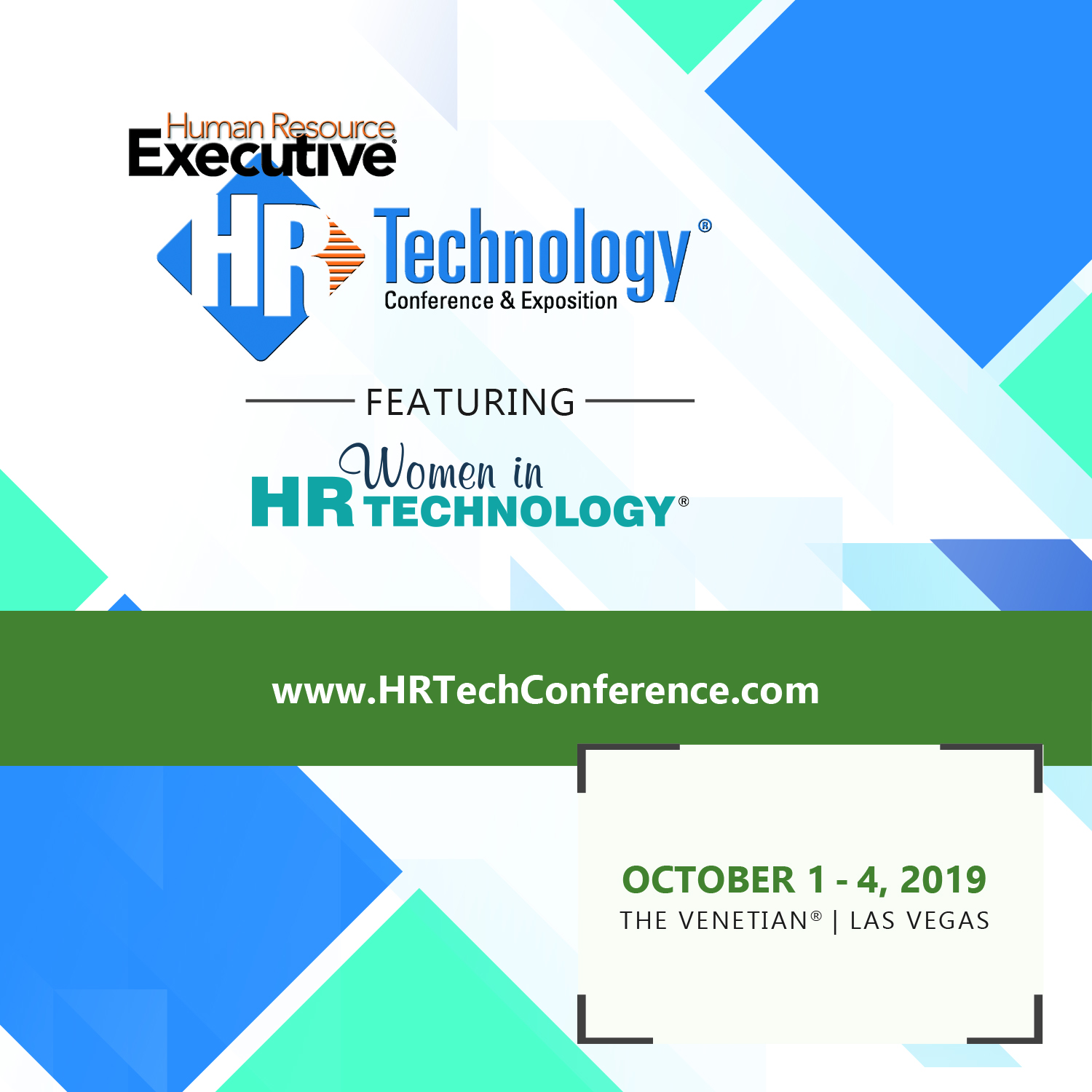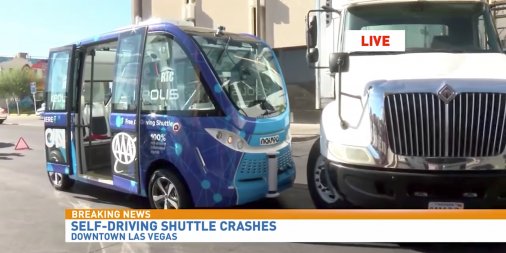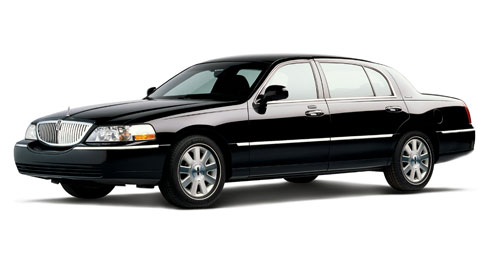I was waiting for an early morning flight today (on Delta, the best airline in the world), and heard a gate announcement from across the terminal for a United flight that was also soon to depart. The United gate agent was seeking volunteers to give up their seats on the 6AM flight to Chicago and take a later flight. With everything that has been in the news about the recent problems United has had with overbooking and removing passengers from flights, I couldn't help but wince a little as I heard the announcement. And I wasn't even on the flight. Nor that airline. Just the stench of what has been going on at United wafted across to my Delta gate. Aside - my Delta flight also was seeking folks to volunteer their seats as well. Must have been a big day to get out of Rochester today. 
But the announcements this morning, and the United follies of late made me think I hadn't done a 'Notes' post in a while, and since I KNOW you must have been waiting, on edge, for me to share my thoughts on the United stuff and air travel in general, here are my frequent flyer informed Top 10 observations/comments on the current state of the friendly skies...
1. On the United stuff - pretty much everyone was at least partially in the wrong there. United operations should have a better plan to get its employees where they need to be. United gate staff and on-site managers should have had more leeway to increase the compensation on offer in order to coax the desired number of passengers from the flight. Airport/aviation security should have found some other way to accomplish the de-planing of the passenger that did not involve concussions and a busted up face. And finally, despite the unfairness of it all, the passenger in question, once three airport security staff boarded the plane and requested he de-plane, had to comply. He should have been mad. He probably should have dropped a F-bomb or two. But he should have left the plane and taken up his case back at the gate. On board an aircraft trapped with 100 other folks in close quarters who have nothing to do with this incident is no place to decide to hold your own sit-in protest.
2. I think an underrated element of the air travel experience is the newness of the aircraft itself. The plane I am on now is really, really new seeming. It almost has that new plane smell still. Creates such a positive feeling right from boarding when the plane is new(ish), and not one of those dreary, run-down, relics from 1987.
3. I know this is easy to forget, but another thing that would make the overall experience better is for everyone to realize that you are not the only person on this flight, and unless you are the pilot, you are also not the most important person on this flight. You know what? We all have connections to make! We all sat through the turbulence over Colorado. We all had to endure the four hours to LAX with the terrible wifi. Treat everyone nicely, we are all in this misery together.
4. But given that we are all miserable, we can't take that out on the individual employees of the airline - gate agents, flight attendants, customer service folks - any of them. Ninety-five percent of the airline staff are giving their best effort to get us where we want to go - safely, on-time, and as comfortably as conditions, (which none of them created) allow. Sure, can an airline worker have a bad day? Be rude? Of course. But so can the guy at the gas station, the clerk at the DMV, and the passenger in Seat 17C who keeps hitting the call button to ask for another ginger ale.
5. Air travel is a volume business. Delta, American, Southwest, and United, (the Big 4), might carry 125 million passengers each year. If they are lucky, they will make $6 of profit on each passenger (it is often less). So even if you think your $1700 fare to SFO was really expensive, the airline barely makes enough to cover the costs of getting you there. So like your local grocery store, volume and thin margins is how airlines make money. I think some of the disconnect in the air travel experience is we see our fares as big-ticket purchases, but the airline sees us all as contributors of $6 to the bottom line.
6. It is never a good idea to argue with the TSA. See point #4 - the person manning the scanner or waving the magic wand or doing the patdowns did not make the rules. The process is often ridiculous, but the time and place to make your stand is not at 5:30AM with 72 people in line behind you who just want to make their flights. Write your Congressperson if you don't like what goes on at airport security.
7. No matter what scheme an airline uses to manage the boarding process, (line up with numbers, line up in groups, high status first/lower status next, etc.), boarding will be probably the worst aspect of the flying experience. This is mostly our, (the collective we) fault. We lug too many things on the plane, we can't count rows, we have to position phones, tablets, e-readers, magazines, boxes of Good n' Plenty just so at our seats before we sit down. Just please, for the love of all that is holy, stash your bag under the seat, don't try to stuff the roller bag where it clearly will not fit, and just sit down. There is nothing more likely to make you weep for humanity than to watch 120 of us attempt to board a plane.
8. You do not, under any circumstances, need to make a phone call telling someone 'We just landed' the SECOND after the wheels touch down. I promise you that call can wait 7 minutes until we are at the gate and getting off the plane. Trust me.
9. Your bags will almost certainly not get 'lost' or even delayed. In 2015 the USA rate of lost luggage was about 3 per 1,000 passengers, a 10% reduction from 2014. Delta (and American I think) now allows you to track the movement of your checked bags via it's smartphone app. I get a little notification when my bag gets placed on the plane, when it is switched to my connecting flight, and when it is unloaded at the claim area. Will you be one of the 3 out of 1,000 who has an issue with your bag? There's a 99.7% chance you will not. So get over that one time in Indianapolis nine years ago when your bag went missing and it had to be delivered to the Fairfield Inn a couple of hours later. You were fine.
10. There are going to be times where you miss your flight, when weather or mechanical issues cancel the flight, when you are stuck in a middle seat between two guys who are the size of a WWE tag team, or when there's a crying baby, no wifi, or the plane has run out of red wine. That is just how it is. But remember none of those things are happening to you, they are happening to all of us too.
And it could be worse. Remember that 27 hour drive to DisneyWorld when you were a kid? And Dad threatened to turn the car around about 19 times? And your brother got car sick on your Keds?
Think about that compared to that crowded, stuffy, 2 hour 32 minute flight where you watched Moana and had some honey roasted peanuts and a Sprite.
That's it, I am out. Safe travels out there.


 Steve
Steve


